- Joined
- Jun 30, 2024
- Messages
- 902
- Likes
- 4,048
A thread to discuss everything about LCA Tejas Mk1 and Mk1A
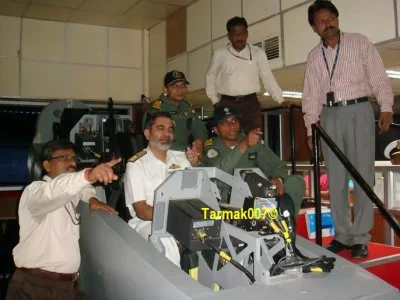
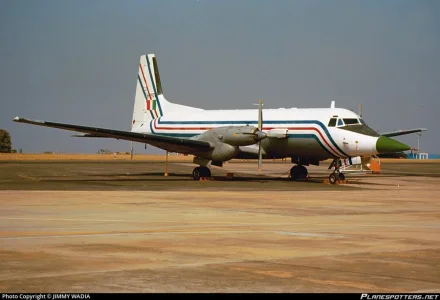
continued.....LCA-LIGHT COMBAT AIRCRAFT
The beginning
After the rather unsuccessful attempt of kick starting an aircraft manufacturing ecosystem with the HF-73 'MARUT' we as a nation started a new venture ,a new hope to build state of the art flying machines which would replace the good old Mig-21 'Bisons' which have served the needs of our air forces . To create highly efficient manufacturing of aero parts a big organisation is needed which came to be known as ADA (aeronautical development agency) in 1983 the goal of this agency is to build necessary tech such as Fly by wire (FBW) ,multy pulse doppler radar and an afterburning turbo-fan engine .
The process
The project phase was commenced in October 1986 with France's Dassault Aviation as consultant. Dassault-Breguet's expertise was mainly utilised in the design and system integration of the Tejas. In 1988, Dassault offered a hybrid fly by wire flight control system for the LCA, consisting of three digital channels and one analogue channel, with a redundant analogue channel as a back up in case the digital channels fails. But the ADA was in favour of a quadruplex digital FBW flight control system
The design of the Tejas was finalised in 1990 as a small tailless compound delta wing design with relaxed static stability.In 1992, a dedicated National Control Law (CLAW) team was set up by the National Aerospace Agency to develop India's own state of the art FBW flight control system for the Tejas. Initially Lockheed Martin's consultancy was sought. But it was terminated following a US embargo in response to India's second Nuclear test in 1998. This delayed the programme partly by about 18 months. Later India indigenously developed a quadruplex digital fly-by-wire flight control system for Tejas.
The CLAW team completed the design and integration of the flight control laws with the flight control system software, with the aid of an Iron Bird test rig. The quadruplex digital fly-by-wire flight control system conducted over 50 hours of pilot testing on Iron Bird Test Rig. On 4 January 2001, on its maiden flight, the TD-1 successfully flew with an indigenous quadruplex digital FBW flight control system.
View attachment 494
[The iron bird test rig (credits : Tarmak 007 blogs) ]
DRDO decided to develop an indigenous multi-mode radar for the Tejas. HAL's Hyderabad division and the DRDO's Electronics and radar development establishment (LRDE) laboratory were selected to jointly lead the MMR programme, and work commenced in 1997. The center for airbourne systems (CABS) was responsible for the MMR's test programme. An HAL-748 airborne surveillance aircraft was converted for this purpose. The development of multi-mode was not smooth, as it suffered some setbacks. By 2005, only two radar modes – the air-to-air look-up and look-down - were confirmed to have been successfully tested. The performance of several other modes that had been tested were suboptimal.The problem with the radar was mainly attributed to the lack of compatibility between the LRDE/HAL multi mode radar and the LRDE's advanced signal processor module. Using an "off-the-shelf" foreign radar as an interim option was considered
View attachment 498
[Hal-748 LCA's radar testbed]
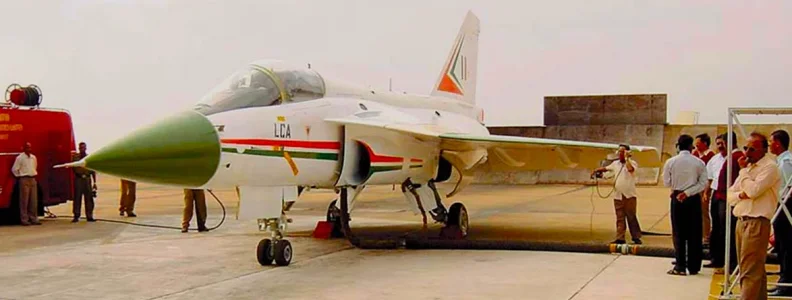
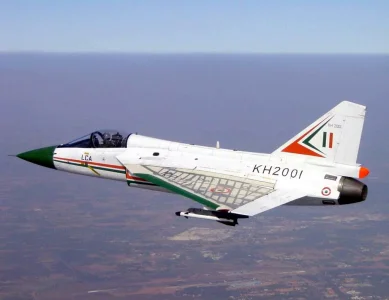
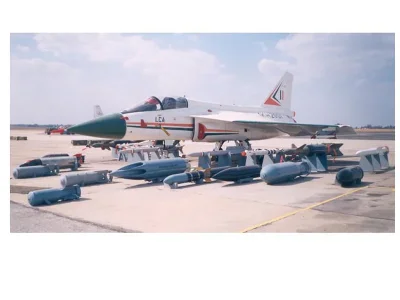
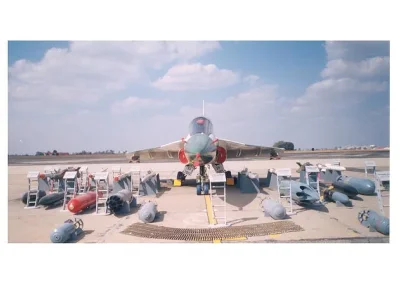
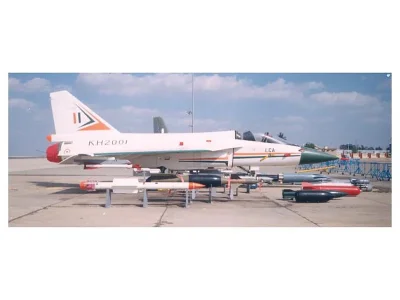

Continued....continued.....
THE PROTOTYPE
On a seemingly normal day for many an abnormal bird had taken its form 4 January – LCA's maiden flight successfully completed by Technology Demonstrator TD-1, on 2001. Prime minister Atal Bihari Vajpayee renames LCA as Tejas the bird had finally opened up its feathers and flew into the open wide skies of Bharat .
The first Limited Series Production aircraft (LSP-1) performed its maiden flight on 25 April 2007. A total of seven limited series production (LSP) aircraft were built. The LSPs were extensively used for developmental trials such as weapon testing – involving test firing of the R-73 and Python-5 close combat missiles, the I-derby beyond visual range air-to-air missile and guided–unguided munition releases. The LSPs were also used for sensor trials involving integration and testing of the Israeli Elta EL/M-2032 multi-mode radar,Indian UTTAM aesa radar and Rafael Litening targeting pod.The Uttam radar was integrated on the Tejas LSP-2 and LSP-3, and logged about 30 hours of flight testing on the Tejas alone. The high altitude trials and hot weather trials were carried out with the LSPs and the PV-3 prototype, in IOC and FOC configurations. These trials were mainly focused on assessing the performance of the various sensors and avionics on board, at temperatures ranging from below -10 degree Celsius to more than +45 degrees Celsius.
View attachment 501
View attachment 502
View attachment 504
View attachment 503
View attachment 505
View attachment 506

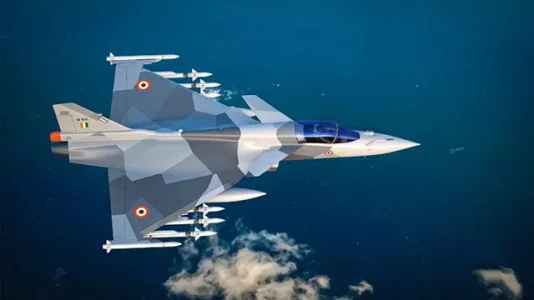


I like the LCA naval version, but this is a cool picture
I prefer the AF/Non-Naval version when it comes to looks but I think the LCA Navy has better colours than the AF version. To each to his own though.I like the LCA naval version, but this is a cool picture

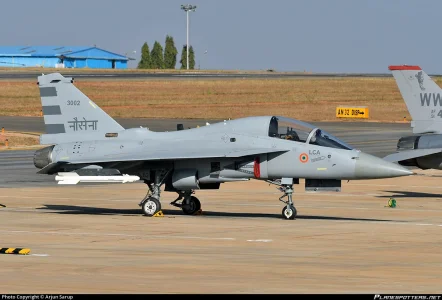
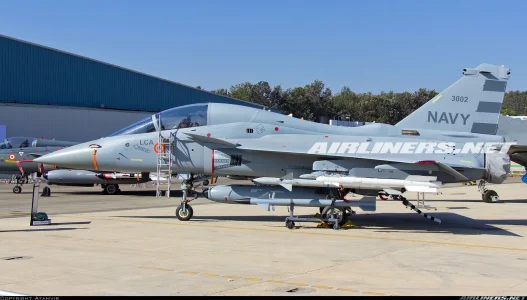
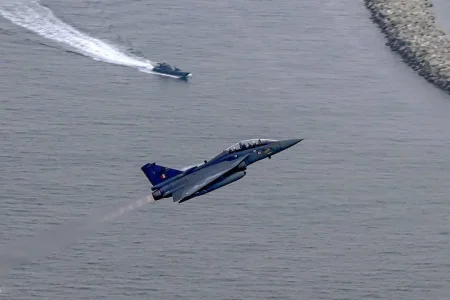
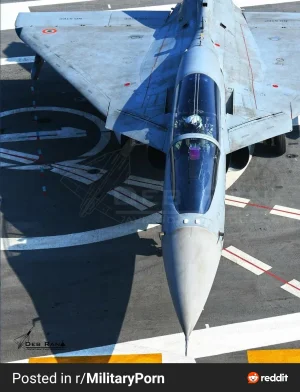
July has arrived - but no Mk1A yet. Hope I won't be posting the same message October 1.
Great news! The show is soon to be on the road! I take it that HAL is retaining the first production frame.Second Tejas Mk1A serial production fighter is to be handed over to the IAF by end of July 2024.
Great news! The show is soon to be on the road! I take it that HAL is retaining the first production frame.
OK, so first and second production frames will be delivered to IAF. Why did you say second frame would be handed over in July, implying that first frame would not? Just curious.Why would they? It will be handed over to the first Tejas Mk1A squadron, most likely to be No.23 'Panthers'


